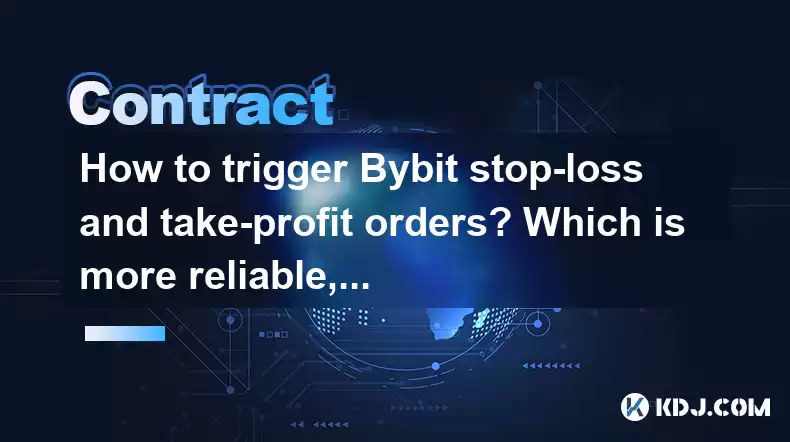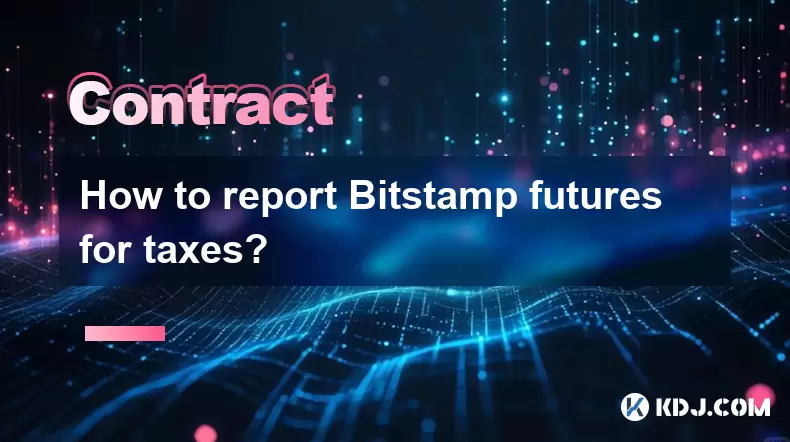-
 Bitcoin
Bitcoin $115200
0.71% -
 Ethereum
Ethereum $3716
6.25% -
 XRP
XRP $3.076
5.28% -
 Tether USDt
Tether USDt $0.0000
0.00% -
 BNB
BNB $766.7
1.87% -
 Solana
Solana $168.5
4.16% -
 USDC
USDC $0.9999
0.00% -
 TRON
TRON $0.3326
1.79% -
 Dogecoin
Dogecoin $0.2093
5.14% -
 Cardano
Cardano $0.7543
4.02% -
 Stellar
Stellar $0.4147
4.43% -
 Hyperliquid
Hyperliquid $38.59
0.71% -
 Sui
Sui $3.594
4.51% -
 Chainlink
Chainlink $17.13
5.12% -
 Bitcoin Cash
Bitcoin Cash $558.9
2.49% -
 Hedera
Hedera $0.2519
1.51% -
 Avalanche
Avalanche $22.91
7.05% -
 Ethena USDe
Ethena USDe $1.001
0.00% -
 Litecoin
Litecoin $120.3
10.01% -
 Toncoin
Toncoin $3.419
-4.46% -
 UNUS SED LEO
UNUS SED LEO $8.921
-0.34% -
 Shiba Inu
Shiba Inu $0.00001249
2.39% -
 Uniswap
Uniswap $9.944
8.41% -
 Polkadot
Polkadot $3.728
3.18% -
 Monero
Monero $308.0
1.78% -
 Dai
Dai $0.9998
-0.02% -
 Bitget Token
Bitget Token $4.389
1.58% -
 Pepe
Pepe $0.00001075
2.71% -
 Cronos
Cronos $0.1397
6.39% -
 Aave
Aave $269.7
3.95%
How to trigger Bybit stop-loss and take-profit orders? Which is more reliable, market order or limit order?
Bybit traders can manage risk and secure profits using stop-loss and take-profit orders, choosing between market or limit orders based on their strategy and market conditions.
Apr 27, 2025 at 10:35 pm

Introduction to Bybit Stop-Loss and Take-Profit Orders
Bybit, one of the leading cryptocurrency exchanges, offers traders the ability to manage risk and secure profits through stop-loss and take-profit orders. Understanding how to effectively trigger these orders is crucial for any trader looking to navigate the volatile crypto markets successfully. This article will guide you through the process of setting up these orders on Bybit and discuss the reliability of market orders versus limit orders.
Setting Up Stop-Loss Orders on Bybit
A stop-loss order is designed to limit an investor's loss on a position. Here's how you can set up a stop-loss order on Bybit:
- Navigate to the Trading Page: Open the Bybit trading platform and go to the trading page for the cryptocurrency pair you are interested in.
- Select the Order Type: Click on the "Order" button, then select "Stop-Limit" from the order type options.
- Set the Trigger Price: Enter the price at which you want the stop-loss to trigger. This is the price at which your order will become active.
- Set the Limit Price: Enter the price at which you want your order to be executed once it is triggered. This should be set slightly lower than the trigger price to ensure the order is filled.
- Specify the Amount: Enter the amount of cryptocurrency you want to sell when the stop-loss is triggered.
- Review and Confirm: Double-check all the details and click "Confirm" to place the order.
Setting Up Take-Profit Orders on Bybit
A take-profit order is used to lock in profits by selling a cryptocurrency when it reaches a certain price. Here's how to set up a take-profit order on Bybit:
- Navigate to the Trading Page: Access the Bybit trading platform and select the trading page for your chosen cryptocurrency pair.
- Select the Order Type: Click on the "Order" button and choose "Take-Profit Limit" from the order types.
- Set the Trigger Price: Enter the price at which you want the take-profit order to trigger. This is the price at which your order will become active.
- Set the Limit Price: Enter the price at which you want your order to be executed once it is triggered. This should be set slightly higher than the trigger price to ensure the order is filled.
- Specify the Amount: Input the amount of cryptocurrency you wish to sell when the take-profit is triggered.
- Review and Confirm: Verify all the details and click "Confirm" to place the order.
Understanding Market Orders and Limit Orders
When it comes to executing stop-loss and take-profit orders, traders have the option to use either market orders or limit orders. Here's a breakdown of each:
- Market Orders: A market order is an order to buy or sell a cryptocurrency at the current market price. When a stop-loss or take-profit order is triggered, a market order will execute the trade at the best available price at that moment.
- Limit Orders: A limit order is an order to buy or sell a cryptocurrency at a specific price or better. When a stop-loss or take-profit order is triggered, a limit order will only execute the trade if the price reaches the specified limit price.
Reliability of Market Orders vs. Limit Orders
The choice between market orders and limit orders depends on your trading strategy and risk tolerance. Here are some factors to consider:
- Speed of Execution: Market orders are generally faster to execute than limit orders because they do not require a specific price to be met. This can be beneficial in highly volatile markets where prices can change rapidly.
- Price Certainty: Limit orders offer more control over the execution price. With a limit order, you can ensure that your stop-loss or take-profit order is executed at your desired price or better. However, there is a risk that the order may not be filled if the price does not reach the limit.
- Slippage Risk: Market orders are more susceptible to slippage, which occurs when the price at which your order is executed differs from the expected price. In volatile markets, this can result in significant differences between the trigger price and the execution price.
- Liquidity Considerations: Market orders are more reliable in highly liquid markets where there is enough volume to fill the order quickly. In less liquid markets, a market order may result in a worse execution price, while a limit order may not be filled at all.
Practical Tips for Using Stop-Loss and Take-Profit Orders on Bybit
To maximize the effectiveness of your stop-loss and take-profit orders on Bybit, consider the following tips:
- Monitor Market Conditions: Always keep an eye on market conditions and adjust your stop-loss and take-profit levels accordingly. Volatile markets may require wider stop-loss levels to avoid being stopped out prematurely.
- Use Technical Analysis: Utilize technical analysis to identify key support and resistance levels, which can help you set more accurate stop-loss and take-profit prices.
- Test Different Strategies: Experiment with different stop-loss and take-profit strategies in a demo account before applying them to your live trading. This can help you understand how different order types and settings perform in various market conditions.
- Consider Position Sizing: Adjust your position size based on your risk tolerance and the volatility of the market. Smaller positions can allow for tighter stop-loss levels, while larger positions may require wider stops to account for potential price fluctuations.
Frequently Asked Questions
Q: Can I modify my stop-loss and take-profit orders after they are placed on Bybit?
A: Yes, you can modify your stop-loss and take-profit orders on Bybit. Simply go to the "Open Orders" section on the trading page, find the order you wish to modify, and adjust the trigger price, limit price, or amount as needed. Click "Confirm" to save the changes.
Q: What happens if the market gaps through my stop-loss or take-profit price on Bybit?
A: If the market gaps through your stop-loss or take-profit price, Bybit will execute the order at the next available price. This can result in slippage, where the execution price is different from your specified price. To mitigate this risk, consider using a wider stop-loss or take-profit range in highly volatile markets.
Q: How can I ensure my stop-loss and take-profit orders are executed quickly on Bybit?
A: To ensure quick execution of your stop-loss and take-profit orders, consider using market orders instead of limit orders. Market orders are executed at the best available price at the time of triggering, which can be faster than waiting for a specific limit price to be met. Additionally, trading during times of high liquidity can help improve the speed of order execution.
Q: Are there any fees associated with stop-loss and take-profit orders on Bybit?
A: Bybit charges trading fees based on your trading volume and account type. Stop-loss and take-profit orders are subject to the same fee structure as regular market and limit orders. It's important to review Bybit's fee schedule to understand the costs associated with your trades.
Disclaimer:info@kdj.com
The information provided is not trading advice. kdj.com does not assume any responsibility for any investments made based on the information provided in this article. Cryptocurrencies are highly volatile and it is highly recommended that you invest with caution after thorough research!
If you believe that the content used on this website infringes your copyright, please contact us immediately (info@kdj.com) and we will delete it promptly.
- Cryptocurrency, Altcoins, and Profit Potential: Navigating the Wild West
- 2025-08-04 14:50:11
- Blue Gold & Crypto: Investing Disruption in Precious Metals
- 2025-08-04 14:30:11
- Japan, Metaplanet, and Bitcoin Acquisition: A New Era of Corporate Treasury?
- 2025-08-04 14:30:11
- Coinbase's Buy Rating & Bitcoin's Bold Future: A Canaccord Genuity Perspective
- 2025-08-04 14:50:11
- Coinbase's Buy Rating Maintained by Rosenblatt Securities: A Deep Dive
- 2025-08-04 14:55:11
- Cryptos, Strategic Choices, High Returns: Navigating the Meme Coin Mania
- 2025-08-04 14:55:11
Related knowledge

Why is my Bitstamp futures position being liquidated?
Jul 23,2025 at 11:08am
Understanding Futures Liquidation on BitstampFutures trading on Bitstamp involves borrowing funds to open leveraged positions, which amplifies both po...

How to report Bitstamp futures for taxes?
Jul 30,2025 at 08:35am
Understanding Bitstamp Futures and Taxable EventsWhen trading Bitstamp futures, it’s essential to recognize that these financial instruments are treat...

Does Bitstamp offer inverse contracts?
Jul 23,2025 at 01:28pm
Understanding Inverse Contracts in Cryptocurrency TradingIn the realm of cryptocurrency derivatives, inverse contracts are a specific type of futures ...

What is the difference between futures and perpetuals on Bitstamp?
Jul 27,2025 at 05:08am
Understanding Futures Contracts on BitstampFutures contracts on Bitstamp are financial derivatives that allow traders to speculate on the future price...

How to find your Bitstamp futures trade history?
Jul 23,2025 at 08:07am
Understanding Bitstamp and Futures Trading AvailabilityAs of the current state of Bitstamp’s service offerings, it is critical to clarify that Bitstam...

Can I use a trailing stop on Bitstamp futures?
Jul 23,2025 at 01:42pm
Understanding Trailing Stops in Cryptocurrency TradingA trailing stop is a dynamic type of stop-loss order that adjusts automatically as the price of ...

Why is my Bitstamp futures position being liquidated?
Jul 23,2025 at 11:08am
Understanding Futures Liquidation on BitstampFutures trading on Bitstamp involves borrowing funds to open leveraged positions, which amplifies both po...

How to report Bitstamp futures for taxes?
Jul 30,2025 at 08:35am
Understanding Bitstamp Futures and Taxable EventsWhen trading Bitstamp futures, it’s essential to recognize that these financial instruments are treat...

Does Bitstamp offer inverse contracts?
Jul 23,2025 at 01:28pm
Understanding Inverse Contracts in Cryptocurrency TradingIn the realm of cryptocurrency derivatives, inverse contracts are a specific type of futures ...

What is the difference between futures and perpetuals on Bitstamp?
Jul 27,2025 at 05:08am
Understanding Futures Contracts on BitstampFutures contracts on Bitstamp are financial derivatives that allow traders to speculate on the future price...

How to find your Bitstamp futures trade history?
Jul 23,2025 at 08:07am
Understanding Bitstamp and Futures Trading AvailabilityAs of the current state of Bitstamp’s service offerings, it is critical to clarify that Bitstam...

Can I use a trailing stop on Bitstamp futures?
Jul 23,2025 at 01:42pm
Understanding Trailing Stops in Cryptocurrency TradingA trailing stop is a dynamic type of stop-loss order that adjusts automatically as the price of ...
See all articles

























































































